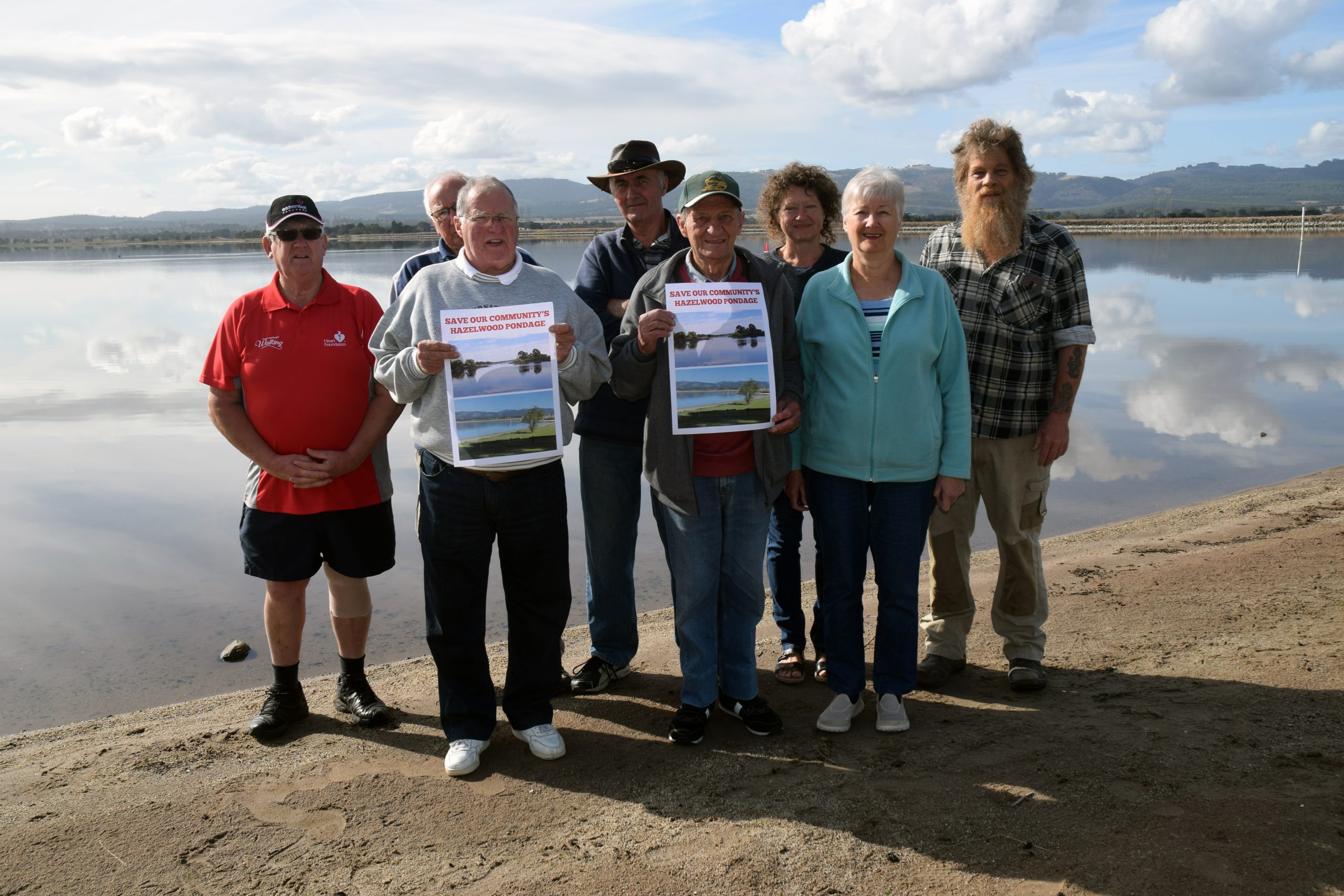Kate Withers
New research findings from the Hazelwood Health Study released this week have revealed that smoke from the Hazelwood mine fire negatively impacted children’s health.
As part of the Latrobe Early Life Follow-up (ELF) Stream of the study, researchers found that infants who were exposed to the mine fire smoke in the womb were reported by their parents to have more runny noses, coughs, and episodes of wheezing.
As a result, visits to doctors increased and children were more likely to be diagnosed with respiratory infections 2-4 years after the fire.
Researchers also found that children who were exposed to the mine fire smoke between birth and two years of age had more antibiotics dispensed by a pharmacist in the first year after the fire.
They were also reported by their parents to have more runny noses and coughs and greater use of asthma puffers 2-4 years after the fire.
The data obtained by researchers included Medicare data on GP visits and medication use from each child’s birth until the end of 2016, as well as monthly symptom questionnaires completed by parents between June 2016 and October 2018.
Menzies Institute for Medical Research health registrar doctor Gabriela Willis said the finding involving the impact of smoke on children in the womb was somewhat unexpected.
“We know the main link for smoke to get into your body is inhalation, so I’m a little bit surprised by the finding of babies in the womb seem to be affected as much as the kids who breathed in the smoke,” Dr Willis said.
The concentration of PM2.5 – a fine particle small enough to travel into the alveoli, or tiny air sacs, in the lungs – was high enough during the six-week fire that it affected children in the womb.
“The [particles] are small enough to cross the placenta, and that period of growth in the womb is a really vulnerable period as well, so it does make sense on the other hand,” Dr Willis said.
“What we we’re seeing is consistent with what we know about second-hand tobacco smoke exposure and also long-term chronic air pollution exposure.”
The ELF stream of the study will now focus on the long-term impacts of the mine fire smoke on the same cohort of children.
“The children will be followed for the next few years and invited back in March to have extra heart and lung tests and we’ll be following the health in the longer term,” Dr Willis said.
But Dr Williams urged people to treat the latest findings “with caution, stressing the small size of the study and other variables had the potential to impact results.
“We’re definitely seeing an association, but it could be that the parents were a bit more likely to take children to doctors after the mine fire or other variables, and that’s why there’s ongoing research,” she said.
For more information about the Hazelwood Health Study, visit hazelwoodhealthstudy.org.au.











